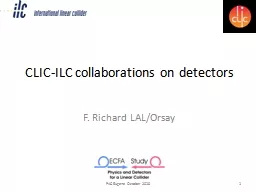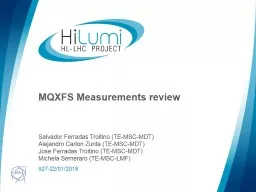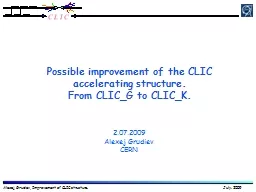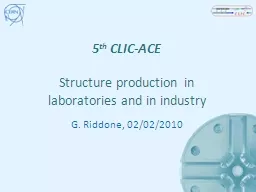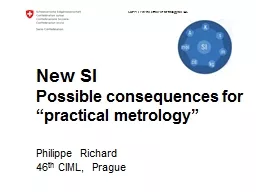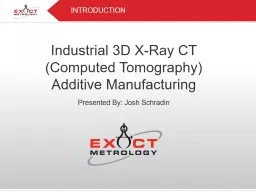PPT-CLIC AS internal metrology
Author : accouther | Published Date : 2020-08-28
Risto Montonen Ivan Kassamakov Edward H ӕ ggström and Kenneth Österberg This document describes an optics based technique to measure the internal shape of
Presentation Embed Code
Download Presentation
Download Presentation The PPT/PDF document "CLIC AS internal metrology" is the property of its rightful owner. Permission is granted to download and print the materials on this website for personal, non-commercial use only, and to display it on your personal computer provided you do not modify the materials and that you retain all copyright notices contained in the materials. By downloading content from our website, you accept the terms of this agreement.
CLIC AS internal metrology: Transcript
Download Rules Of Document
"CLIC AS internal metrology"The content belongs to its owner. You may download and print it for personal use, without modification, and keep all copyright notices. By downloading, you agree to these terms.
Related Documents


